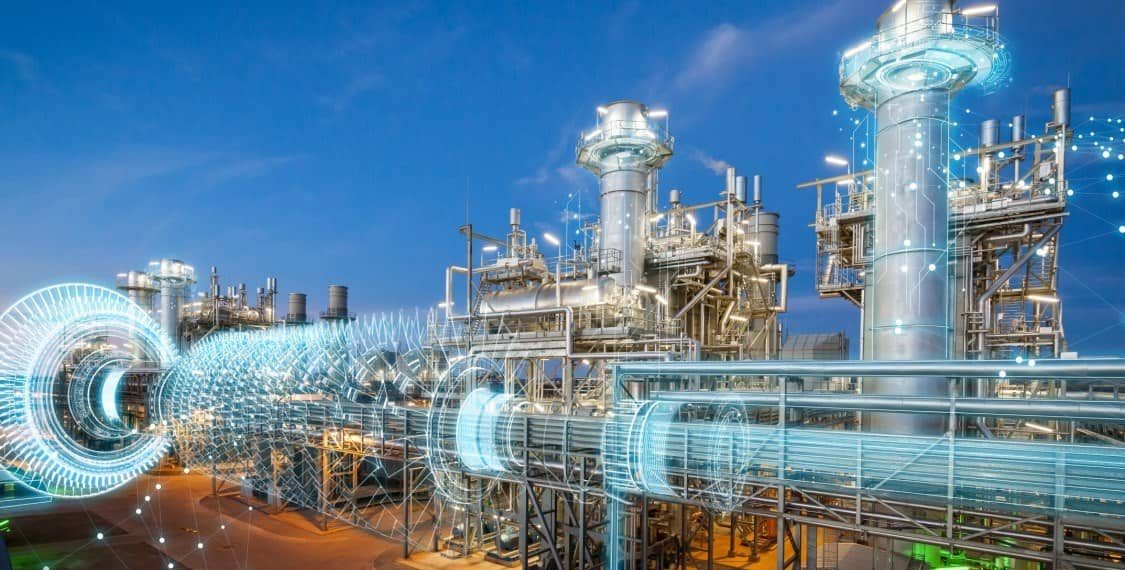Energy storage is key to enabling the rise of renewable energy sources like solar and wind. As more renewable energy comes online, energy storage technologies that can store surplus renewable energy for later use will play a vital role in energy grids. One promising storage technology is Power-to-Gas which can help solve some of the key challenges of integrating renewables.
What is Power-to-Gas?
Power-to-Gas involves using surplus renewable electricity like solar and wind to produce hydrogen via electrolysis. The hydrogen can then be stored in the existing natural gas infrastructure like pipelines and underground storage facilities. Later, the stored hydrogen can be converted back to electricity through fuel cells or blended with natural gas for use in other applications.
Essentially, Power-to-Gas provides a means to store variable renewable electricity production from weather-dependent sources in the form of hydrogen. The stored hydrogen acts as an energy vector that can be transported and utilized flexibly across multiple sectors like power, transport and heating. This allows renewables to be dispatched and used when demand is highest, overcoming issues related to the intermittency of weather-dependent renewable sources.
Enabling large-scale renewable integration
One of the biggest Power-to-Gas challenges with renewable energy is that production from solar panels and wind turbines depends on the availability of sun and wind, which varies throughout the day and seasons. However, electricity demand from consumers follows a relatively predictable daily and seasonal pattern. With Power-to-Gas, the excess renewable electricity generated during times of low demand can be stored as hydrogen and dispatched later to meet demand.
For example, on a sunny weekend day, surplus solar energy that is not needed immediately can be used to produce hydrogen through electrolysis. This hydrogen is then stored and transported using the existing gas infrastructure. During the winter when solar power availability is low, the stored hydrogen can be converted back to electricity through fuel cells or used directly as a gas fuel. This helps balance out the variability of renewable supply and demand, thereby enabling higher shares of weather-dependent renewables on the grid.
Applications of stored hydrogen
The hydrogen produced through Power-to-Gas need not always be converted back to electricity but can also be utilized directly in other sectors:
– Heating: Hydrogen can be blended with natural gas in pipelines or used directly in fuel cells for heating homes and buildings. This provides a clean, flexible alternative to using natural gas.
– Transport: Fuel cell vehicles that run on hydrogen are starting to emerge in the market. Power-to-Gas provides a means to produce the hydrogen fuel locally using surplus renewable power and store/distribute it via the gas grid.
– Industrial processes: Hydrogen is used as a chemical feedstock and reducing agent in various industrial processes today. Power-to-Gas produced hydrogen can substitute fossil fuel-based hydrogen in industries.
With uses across multiple sectors, Power-to-Gas enhances the utilization and value of both renewable power and existing gas infrastructure assets. It helps store energy from renewables that may otherwise go to waste during periods of low demand or high renewable supply.
The economics of Power-to-Gas
While the technology enables renewables to be stored at scale, the economics of Power-to-Gas are not viable yet without some policy support mechanisms. Some of the challenges include:
– High capital costs: Electrolyzers, hydrogen storage facilities and fuel cell systems required involve substantial upfront investments. Costs need to come down significantly for Power-to-Gas to compete commercially against alternative storage options.
– Intermittency challenges: Renewables like solar are available only when the sun shines, adding to output fluctuations. Power-to-Gas systems need to be oversized to balance this variability, increasing costs.
– Transportation and distribution costs: Hydrogen has a low energy density by volume requiring high-pressure tanks for transportation. This adds to delivery costs compared to pipelines for natural gas.
However, as renewable capacity increases globally, the economics of Power-to-Gas are also improving steadily driven by declining electrolyzer costs and increased utilization. Policy support through incentive mechanisms that value its role in enabling higher renewable targets can help bridge the current cost gap and accelerate the adoption of this storage technology.
The future of Power-to-Gas
As more countries commit to net-zero targets and increasing shares of renewables in their energy mix, Power-to-Gas is expected to play a key enabling role in energy transition over the coming decades. Some projections estimate the global market for Power-to-Gas solutions could grow to over $800 billion by 2050.
Germany has been at the forefront of Power-to-Gas development and has set a target of installing 5GW of electrolyzer capacity by 2030. Other European countries are also actively supporting pilot and demonstration projects. In Asia, Japan is emerging as a major market while South Korea has set aside $1 billion towards hydrogen economy projects.
As technology costs decline further with additional deployments, Power-to-Gas is likely to become a mainstream large-scale long-duration energy storage solution by the 2030s. Coupled with sector coupling applications, it can leverage the full decarbonization potential of renewable energy sources and help stabilize future renewable-heavy energy grids globally. With the right policy signals, Power-to-Gas shows tremendous promise to accelerate energy transitions around the world.
*Note:
1. Source: Coherent Market Insights, Public sources, Desk research
2. We have leveraged AI tools to mine information and compile it



